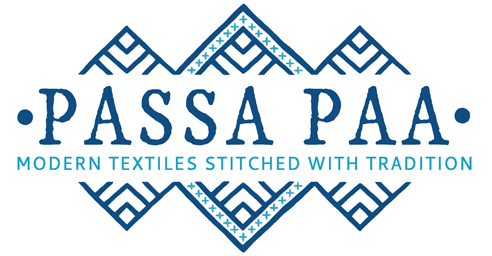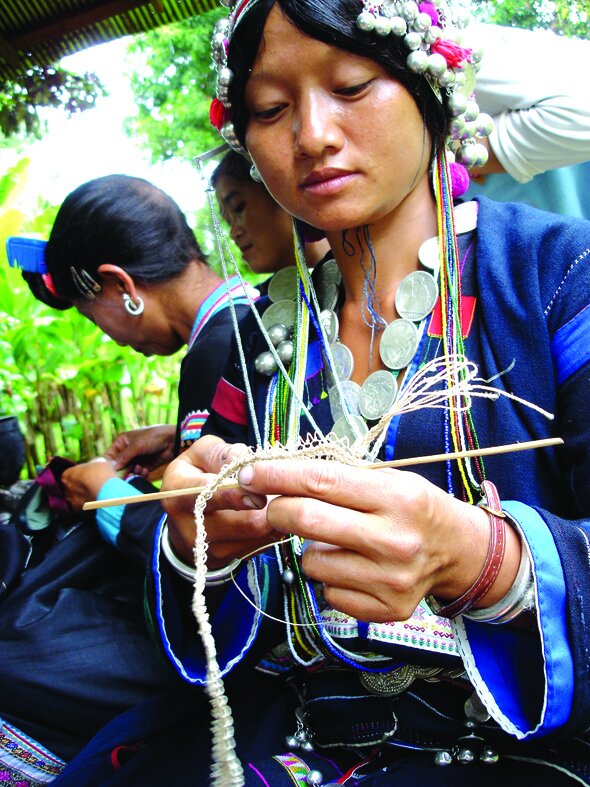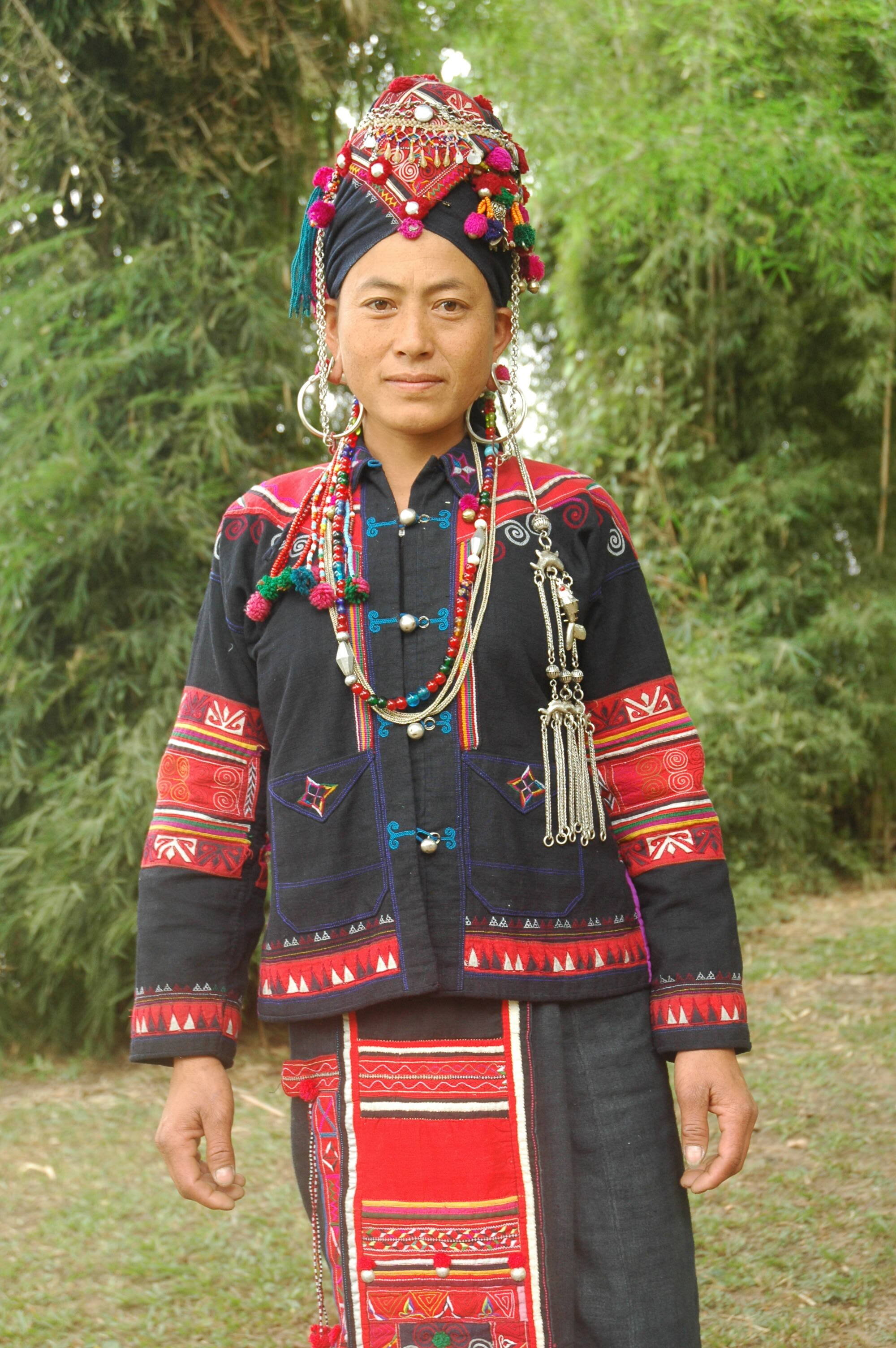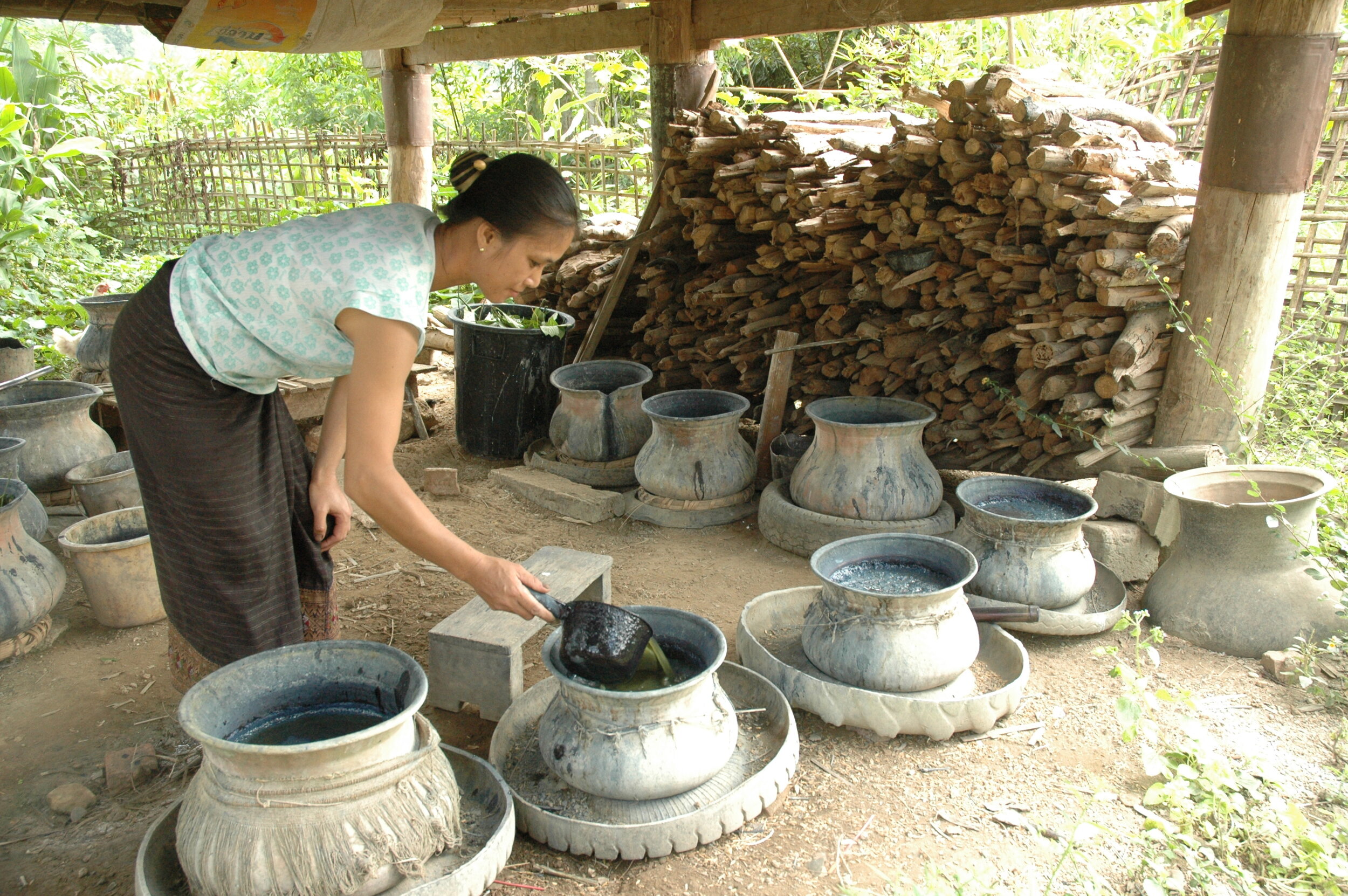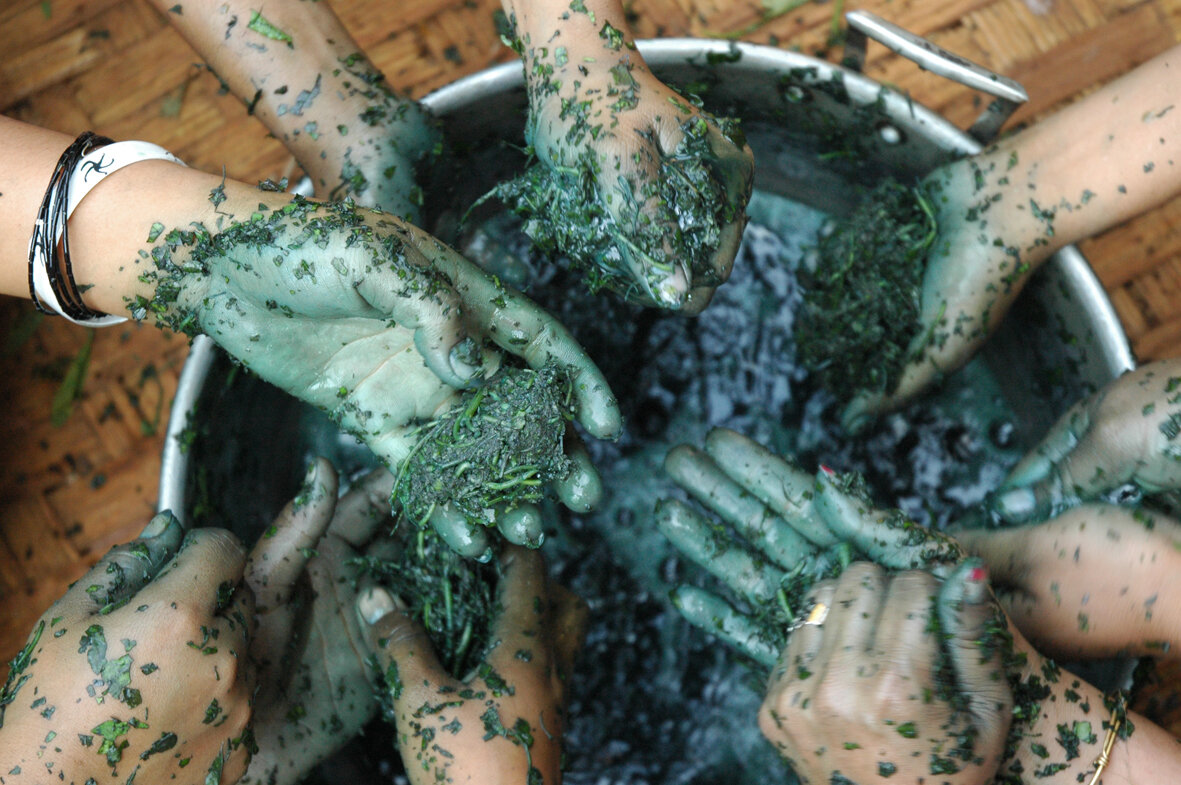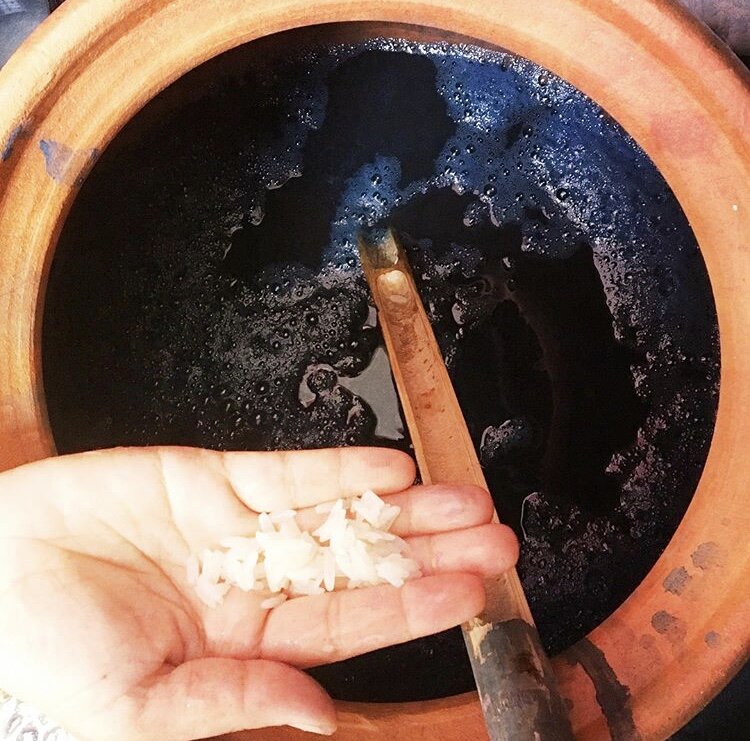Blue Gold: Timeless Indigo and it's zero impact on the environment
From Peru to Bali, from India to Japan to even right here in Laos, Indigo has been used to dye fabrics for 1000s of years. The oldest indigo cloth is dated 6000 years old and it was found in Peru around the beginning of the Bronze Age. Since then until the industrial revolution whole civilizations and empires have worked with and traded indigo. It was such a valuable commodity in Europe that it was referred to as blue gold on the Silk Road. Now indigo has become synonymous with the eco fashion world. Why? Because it's 100% natural and when you have finished working with it you can throw the water on your crops, and you can fertilize your garden with it.
For Passa Paa, working with Indigo gives us an endless possibilities of playing with its blue hue. Sometimes we just dip an already printed fabric to give it an extra layer of color. We also print with the indigo paste and we bind it with a lao bean paste and we use it to create Hmong inspired motifs on scarves and bags and even our new face masks.
Learning about indigo from Lao artisans has always been a fascination of ours. We´ve learned some artisans add sticky rice to the mix and some others add bananas which changes the acidity of the mix and gives different results.
Our Hmong traditions.
Luckily for us, Pok’s family ( one of Passa Paa´s co-founders) is originally from Xieng Khouang Province where Hmong people still practice the art of drawing batik on hemp and dyeing it with indigo. We couldn’t be prouder of Passa paa´s cultural heritage and we aim to keep learning from tradition to keep it alive.
Here in Laos it's not just Hmong people that work with indigo but artisans of many ethnicities and all are considered masters in their own rights.
The Lanten
A small ethnic group in Northwest Laos also works with indigo. Notice their blue cotton tunics that are so characteristic of their group. Another way of recognizing the Lanten women is by looking at their traditional updo hair style that usually includes a bun and a hairpin ( usually silver)
The Akha
This ethnic group that came from China can also be recognized by their indigo-dyed cotton clothing. Usually it is also embellished with embroidery plus applique work with beads.
The Oma
You may have heard of the Oma people because they are in the centre of discussions regarding cultural appropriation by designers. Last year fashion house Maxmara used their traditional clothing as the basis of a collection. If you are on social media look up this hashtag #maxoma
Preparation of indigo dye from leaves requires experience and patience. The steps are as follows.
1. Soak leaves and stems in a clay pot.
2. Let the leaves ferment, turning the liquid green.
3. Remove leaves (add to compost) and add an esoteric amount of limestone paste.
4. Preparation of limestone paste – In Laos we heat limestone rocks and dissolve the heated rocks in water.
5. Oxidize the solution with a whisk. In Laos we use a bamboo whisk or ghourd to bring in oxygen.
6. Add the cotton, silk, hemp to the pot. Massage the fabric gently into the solution.
7. Remove, rinse and dry in the sun.
8. Repeat process until desired shade of blue is acquired.
Here are some links to indigo masters around the world.
Aboubakar Fofana
https://www.aboubakarfofana.com/
Jesus Ciriza
https://thecoloursofnature.com/
In Japan
There is not a day that we work with Indigo that we are not in awe of the knowledge that has come from thousands of years and we feel grateful we can use it today in our designs. The fact that this whole process has zero impact on the environment makes us love Indigo even more.
We hope you find this traditional process as enchanting as we do and now recognize indigo as the blue gold, the treasure it truly is.
If you want to purchase our indigo printed face masks or any of our indigo printed products, head to our shop!
https://www.passa-paa.com/shop/ladies-limited-edition-indigo-face-coverings
Passa Paa Indigo face masks are one of our best sellers!
